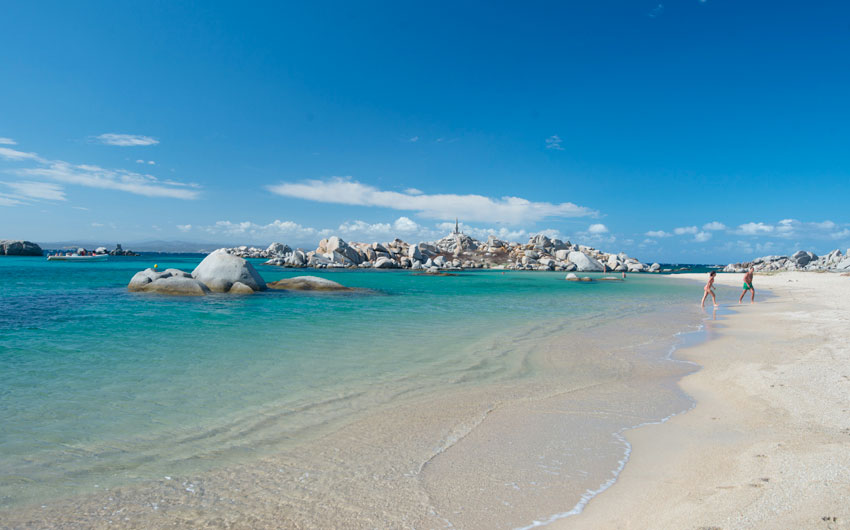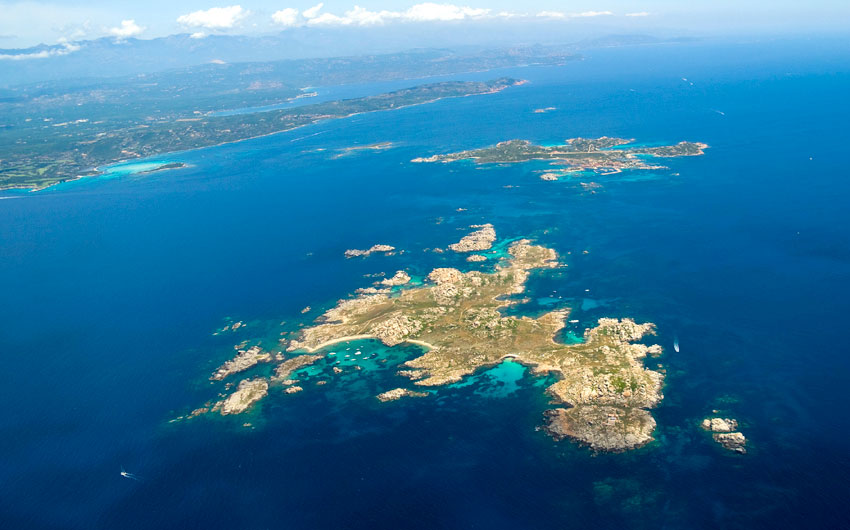
Natural space
The Port of Bonifacio is committed to the protection of its environment and heritage, as demonstrated by the certifications it has received.

Sites of the Conservatoire du littoral
The coastline of the southern tip of Corsica presents a succession of remarkable landscapes that are distinguished by their diversity. In an island whose geological framework is mainly composed of granite, the most singular landscape event is undoubtedly the Bonifacian causse: the limestone plateau resulting from the mineralization of sediments deposited at the bottom of a sea that has long since disappeared, overhangs the windy, reef-strewn strait that separates as much as it unites Corsica and Sardinia.
These areas are alive and fragile, so please respect the regulations and behave in a way that is respectful of the landscape, the flora, the fauna and the tranquillity of the area.
Sea caves and millennia-old caves
The geology of Bonifacio is complex.
Decorated with stalactites, paved with colourful and fishy sea beds, they offer rare moments of contemplation and photography.
For the more adventurous, there is also the “Venus bath” or the circular cave called “l’orca” (the Jar). These are only accessible by jet-ski or kayak!
Paths of Bonifacio
Do you like walking?
In Bonifacio, you will be served: spectacular strolls along the cliffs, ecological strolls in the middle of the scrubland, strolls along the coastline leading to incomparable creeks and beaches. The paths of Bonifacio are accessible all year round, for young and old, so go for an adventure!
Discover also the walks of the South Corsica through the GR20 in Corsica, one of the most beautiful paths of Europe in the heart of the Mediterranean.







